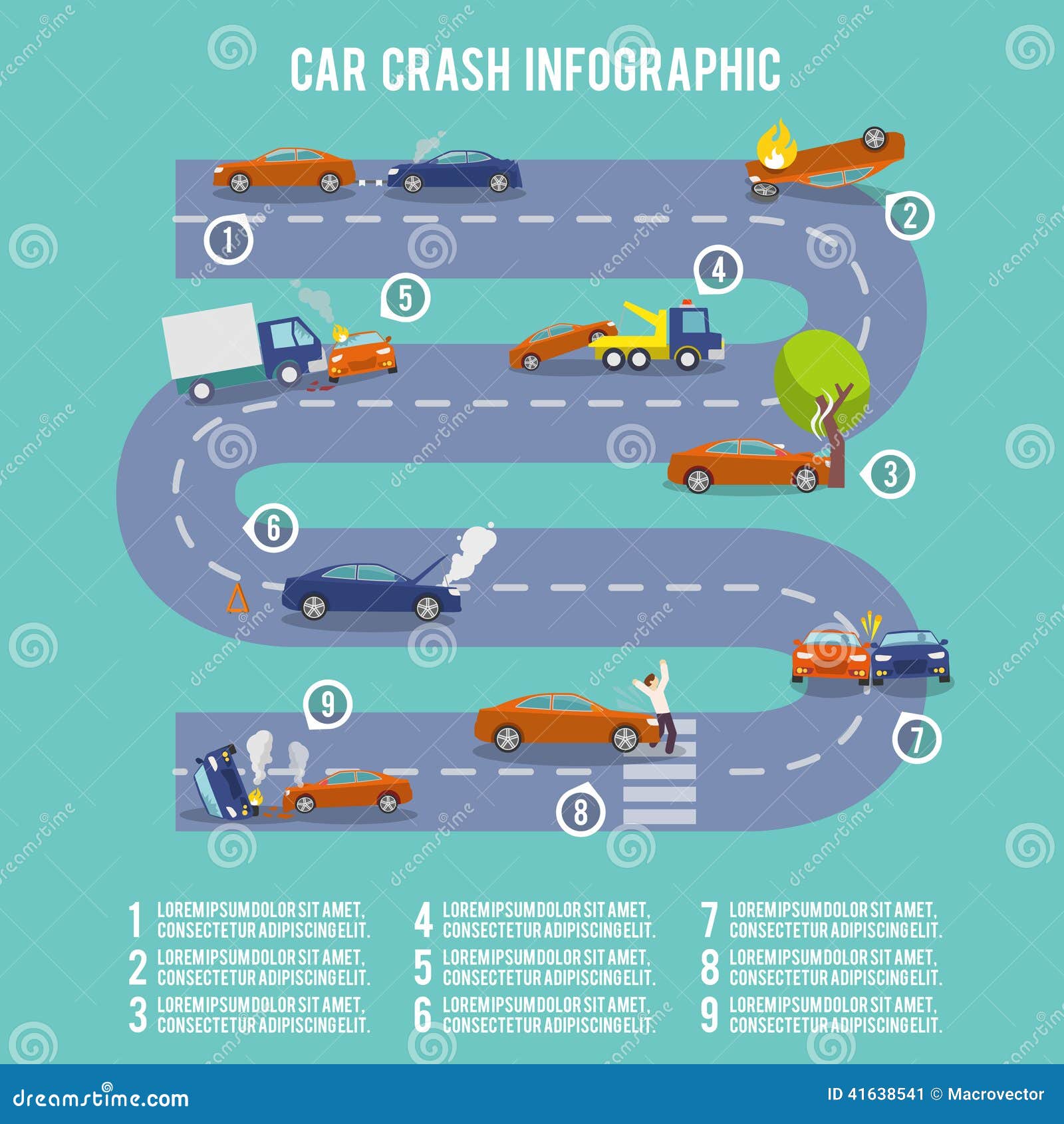Analyzing Your Cars And Truck'S Warning Indicators: What They Actually Convey
Analyzing Your Cars And Truck'S Warning Indicators: What They Actually Convey
Blog Article
Posted By-Lim Corbett
When you're behind the wheel, those beautiful caution lights on your control panel can be a little bit perplexing. Do you know what they're trying to tell you concerning your vehicle's health and wellness? Comprehending the value of these lights is vital for your security and the long life of your vehicle. So, the following time among those lights turns up, would not you want to understand its message accurately and take the needed actions to resolve it?
Common Caution Lights and Interpretations
Determine usual warning lights in your car and understand their significances to make certain secure driving.
One of the most normal warning lights include the check engine light, which indicates issues with the engine or exhausts system. If this light comes on, it's critical to have your lorry examined promptly.
try this website alerting light indicates reduced oil stress, requiring instant focus to avoid engine damages.
A blinking battery light could recommend a defective billing system, possibly leaving you stranded if not attended to.
The tire pressure tracking system (TPMS) light signals you to low tire pressure, impacting car stability and fuel efficiency. Ignoring this can cause unsafe driving conditions.
The abdominal light suggests a problem with the anti-lock stopping system, jeopardizing your capability to quit promptly in emergency situations.
Lastly, the coolant temperature cautioning light warns of engine getting too hot, which can result in extreme damages if not dealt with quickly.
Recognizing these typical caution lights will help you deal with issues promptly and maintain risk-free driving conditions.
Relevance of Prompt Attention
Comprehending the usual caution lights in your vehicle is just the first step; the importance of promptly resolving these cautions can't be emphasized enough to ensure your safety and security when driving.
When https://www.autobodynews.com/index.php/midwestern/item/26736-with-excessive-heat-north-dakota-auto-repair-shops-busy-fixing-broken-ac-units.html illuminates on your control panel, it's your auto's way of connecting a possible concern that requires attention. Ignoring these cautions can bring about more severe issues in the future, endangering your safety and possibly costing you a lot more out of commission.
Prompt interest to cautioning lights can protect against malfunctions and accidents. For instance, a flashing check engine light could suggest a misfire that, if left neglected, can cause damage to the catalytic converter. Addressing this immediately can save you from a pricey repair service.
Likewise, a brake system cautioning light could indicate low brake liquid or used brake pads, essential components for your safety when driving.
Do It Yourself Troubleshooting Tips
If you observe a warning light on your dashboard, there are a couple of DIY troubleshooting tips you can attempt prior to seeking specialist help.
The initial step is to consult your automobile's manual to comprehend what the certain caution light suggests. Occasionally nzcardetail can be as simple as a loosened gas cap activating the check engine light. Tightening up the gas cap might resolve the trouble.
One more common concern is a reduced battery, which can activate various cautioning lights. Inspecting the battery links for corrosion and ensuring they're secure might fix the issue.
If a warning light continues, you can attempt resetting it by detaching the car's battery for a few mins and afterwards reconnecting it. Furthermore, examining your vehicle's fluid levels, such as oil, coolant, and brake liquid, can aid repair cautioning lights associated with these systems.
Verdict
In conclusion, understanding your vehicle's warning lights is crucial for maintaining your car running efficiently and securely. By immediately attending to these alerts and knowing what they imply, you can avoid costly fixings and potential break downs.
Keep in mind to consult your cars and truck's guidebook for specific information on each cautioning light and act appropriately to ensure a trouble-free driving experience.
Stay informed, stay safe when traveling!
